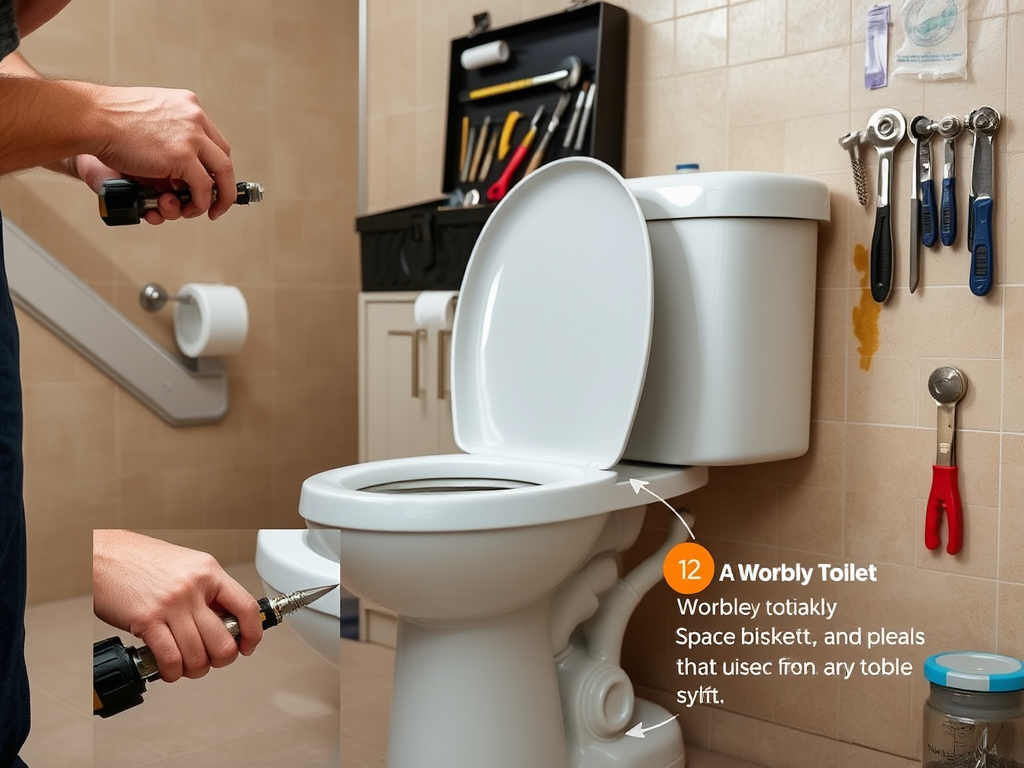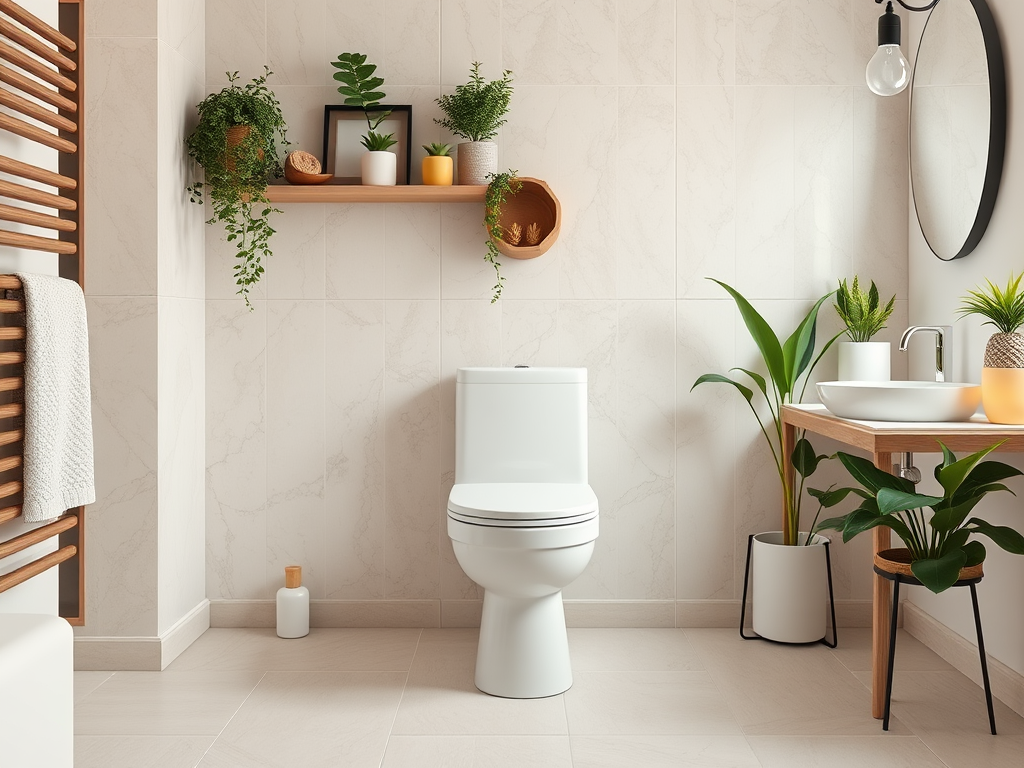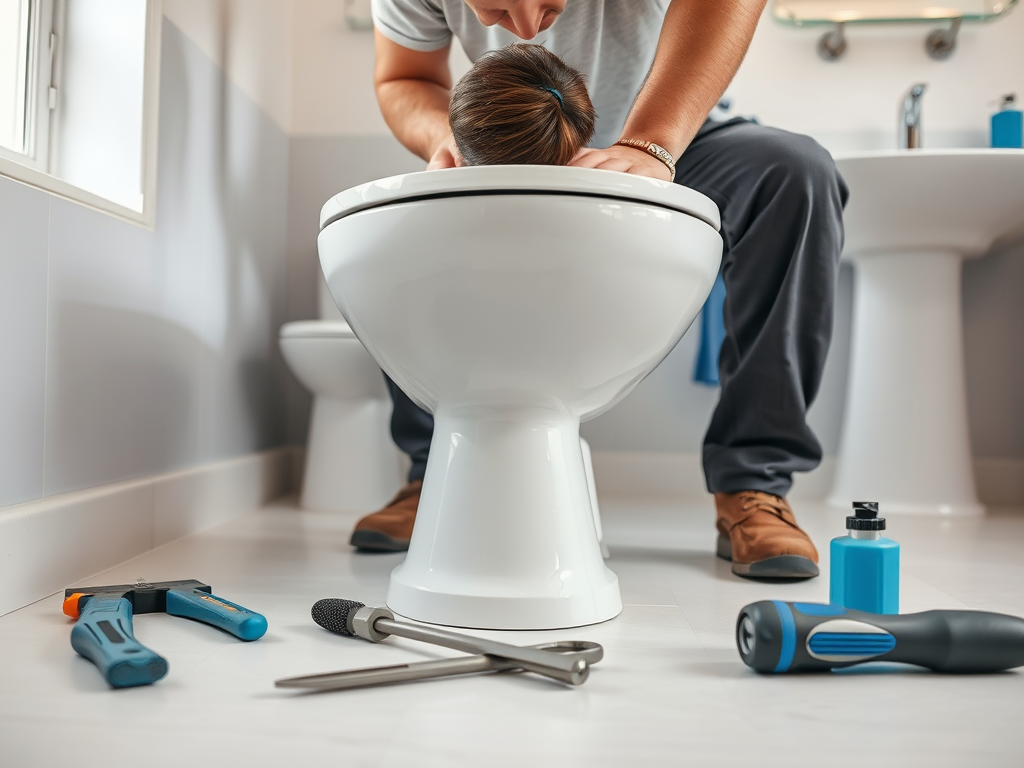Dealing with a wobbly toilet can be both a headache and a hassle. It’s a problem that many homeowners face at one time or another, and while it may seem like a simple fix, the solution can often lead to additional issues if not approached correctly. For those looking to tackle this common plumbing dilemma, understanding the typical mistakes made during the repair process is crucial. Not only can they complicate what should be an easy remedy, but they can also lead to more severe plumbing problems down the line. Essentially, knowledge is the first step toward restoring your toilet to its sturdy state.
When you notice your toilet wobbling, it’s easy to feel overwhelmed. However, taking the right steps to fix the problem starts with a thorough understanding of the underlying causes. The common issues range from uneven flooring to loose bolts and worn-out seals. By recognizing these factors, you can significantly reduce your chances of making mistakes as you undertake the repairs. Therefore, equipping yourself with the right information is vital – not only will it help you avoid pitfalls, but it will also ensure that your toilet is fixed efficiently and correctly.
Understanding the Causes of a Wobbly Toilet

Before diving into fixes, it’s important to know what might be causing the wobble. In many cases, a combination of these factors can contribute to the problem, prompting homeowners to attempt repairs without a full understanding of the issue.
- Uneven flooring is one major culprit that can lead to instability.
- Loose or broken bolts can also make the toilet vulnerable to movement.
- Damaged wax seals might contribute to both wobbling and leaking.
Skips in Inspection Processes

One of the most significant mistakes homeowners often make is skipping the inspection phase. Diving straight into repairs without a proper evaluation can lead to wasted time and resources. A comprehensive inspection can identify issues that might not be visible at first glance. Signs of damage, such as cracks in the toilet base or deterioration around the flange, should be noted. Furthermore, checking the connections between the toilet and the water supply is essential, as it ensures there are no hidden leaks or installation flaws. Thus, taking time to conduct a diligent inspection at the start can save you from further complications and repairs.
Below is a simple guide on what to look for during your inspection:
| Inspection Component | Signs of Damage |
|---|---|
| Base of the Toilet | Cracks or uneven surfaces |
| Bolts | Rust or looseness |
| Wax Seal | Cracked or hardened seal |
| Flooring | Visible unevenness |
Incorrectly Tightening Bolts
One area that often leads to errors is the process of tightening the toilet bolts. These bolts are crucial in securing the toilet to the floor, but there’s a fine line between being snug and overtightening, which can cause cracks. It’s essential to understand that while the bolts need to be adequately tightened, overdoing it can ruin the porcelain base of the toilet. It’s also important to use the right tools, like a socket wrench, which allows for better torque control. Failing to achieve the appropriate tension often leads to a toilet that remains wobbly or a base that could suffer from damage.
Here are some tips for tightening toilet bolts effectively:
- Start by hand tightening the bolts before using tools.
- Gradually increase pressure to test the resistance of the seal.
- Use a torque wrench to measure the tightness, if available.
Conclusion
Fixing a wobbly toilet can be straightforward if you avoid common mistakes such as skipping inspections, incorrectly tightening bolts, and neglecting the wax seal. Understanding the potential causes and addressing these errors will ensure a stable and leak-free toilet in your home. A careful approach not only saves you from future headaches but also enhances your skills as a homeowner. Don’t underestimate the importance of checking those minor details; they often hold the key to a successful repair!
Frequently Asked Questions
- What causes a toilet to wobble? A toilet can wobble due to uneven flooring, loose bolts, or a damaged wax seal.
- How often should I replace the wax seal? It’s recommended to replace the wax seal whenever you remove the toilet or if you notice signs of damage or leaks.
- Can I use shims to fix a wobbly toilet? Yes, shims can be utilized to level the toilet if the floor is uneven.
- How tight should the toilet bolts be? Toilet bolts should be snug but not over-tightened; a firm fit should suffice to avoid cracking the toilet.
- What should I do if the toilet still wobbles after tightening? If the wobble persists, inspect the floor for leveling issues or consider replacing the wax seal.
